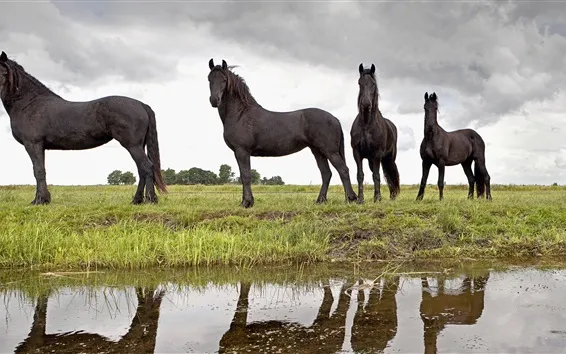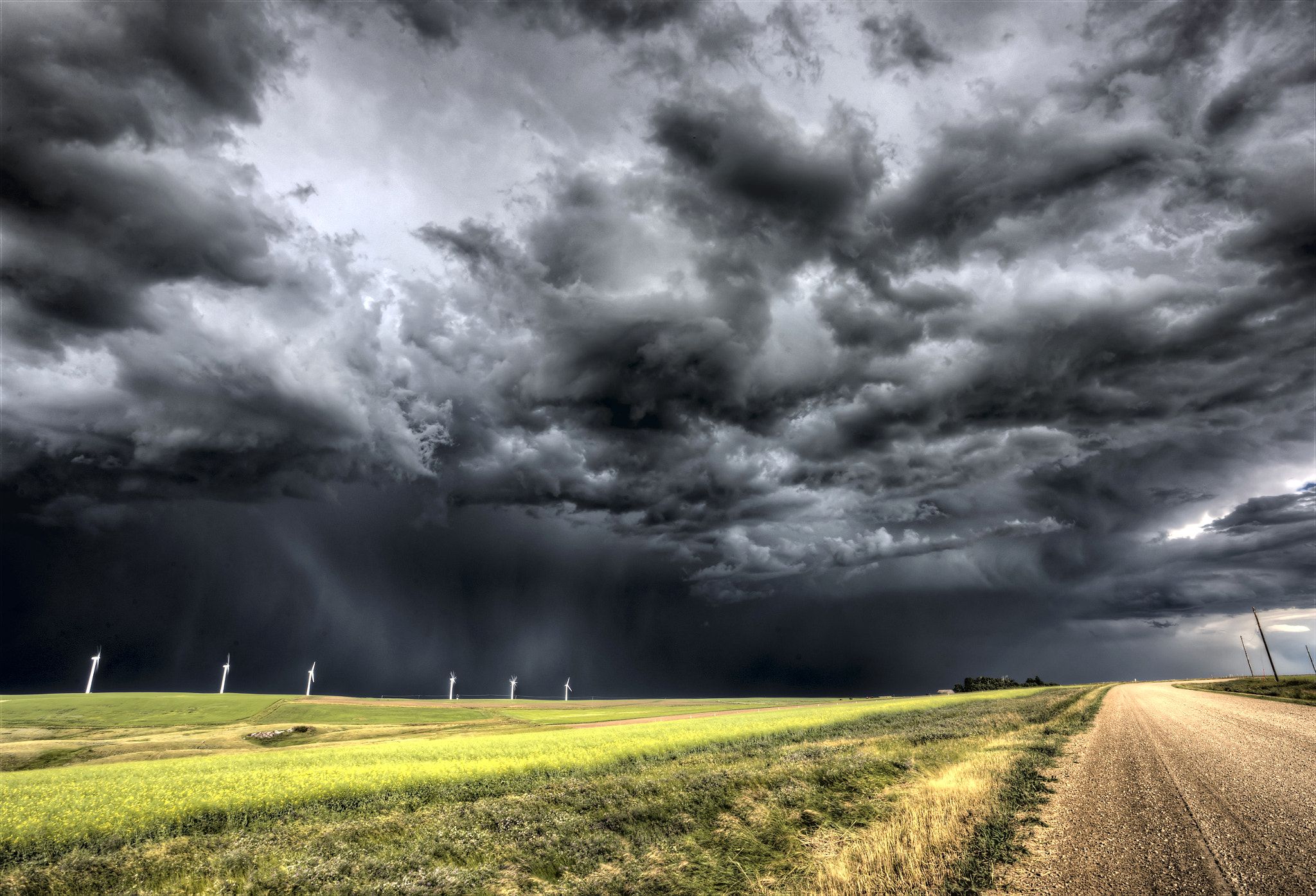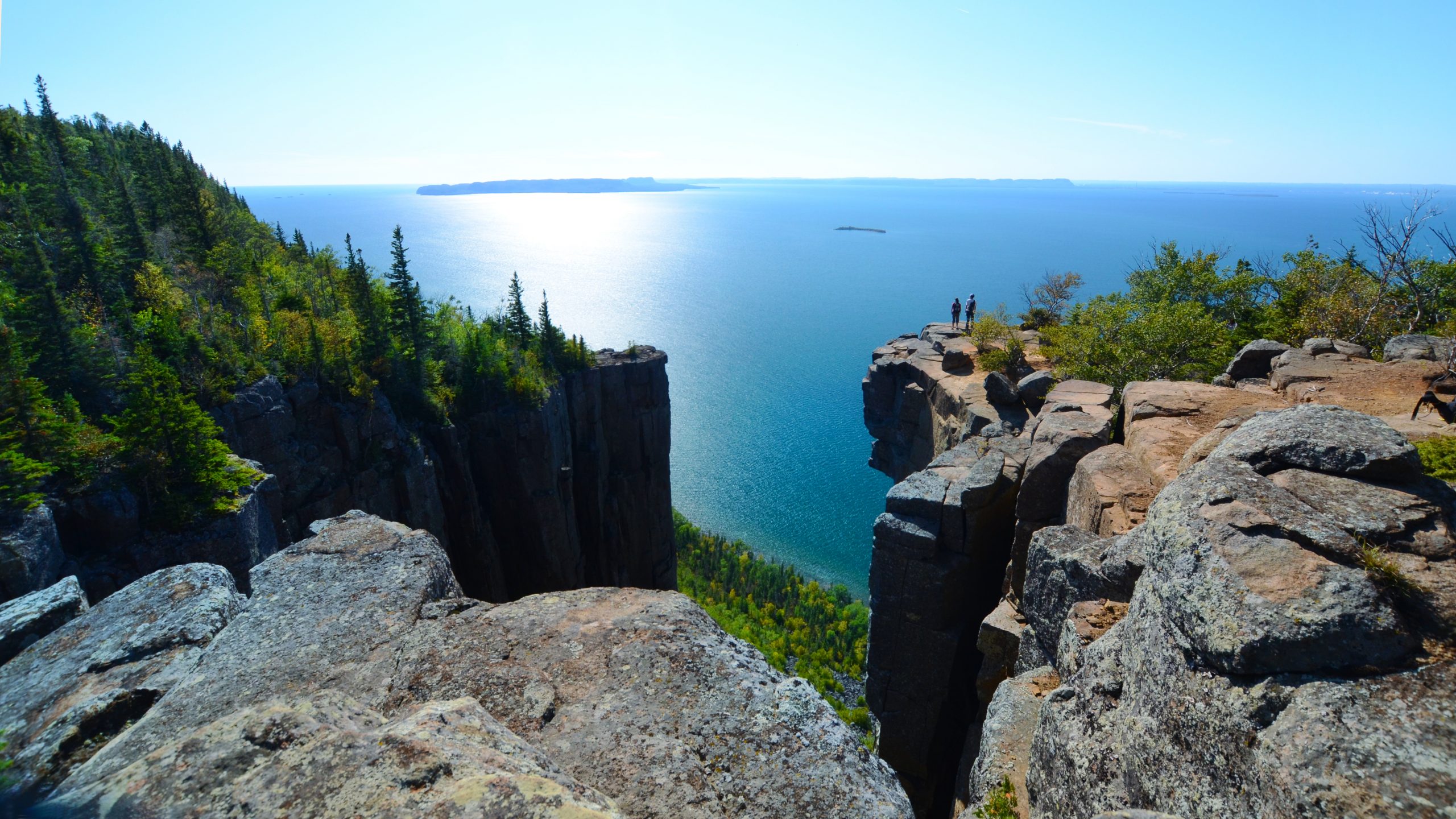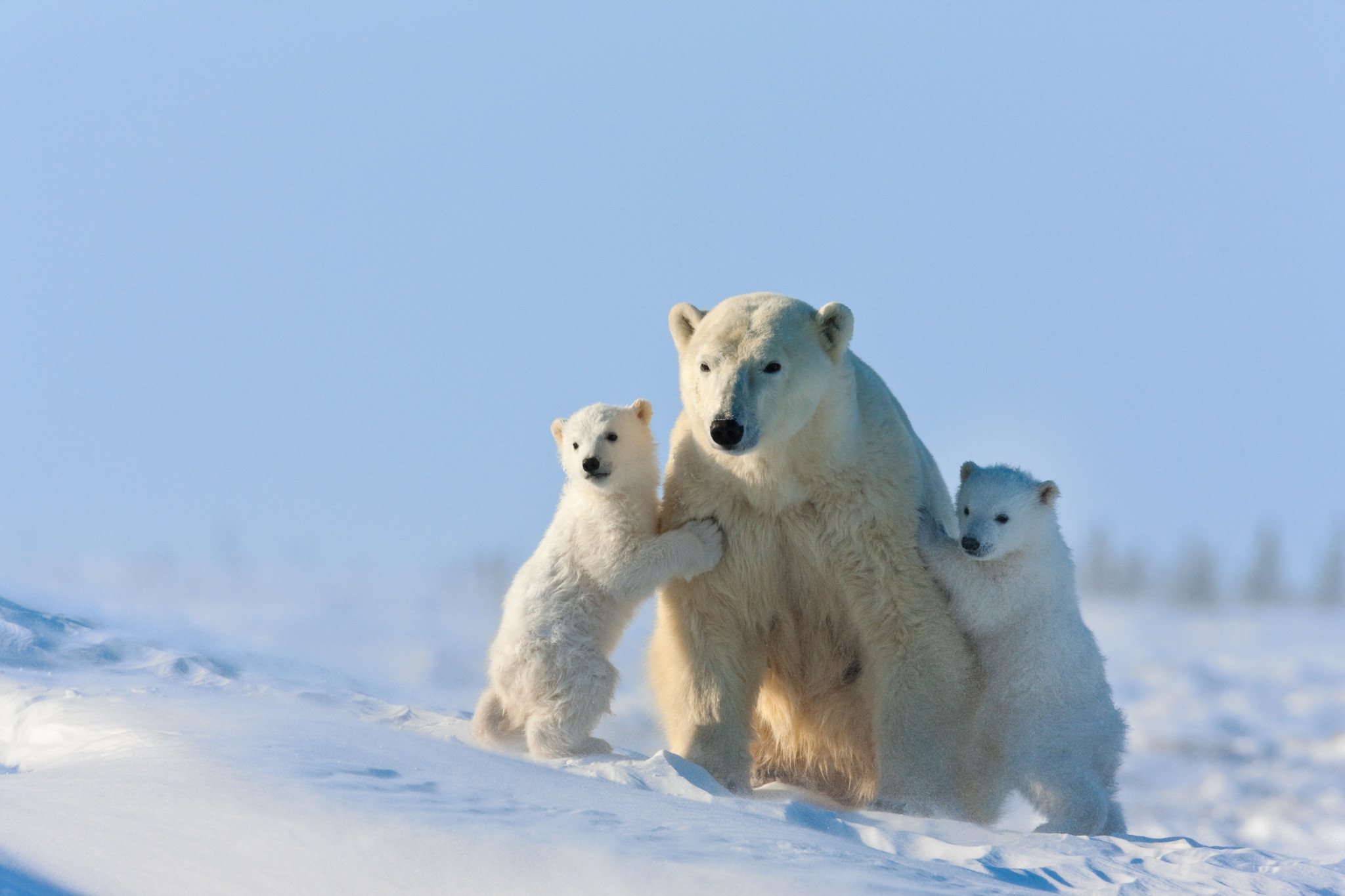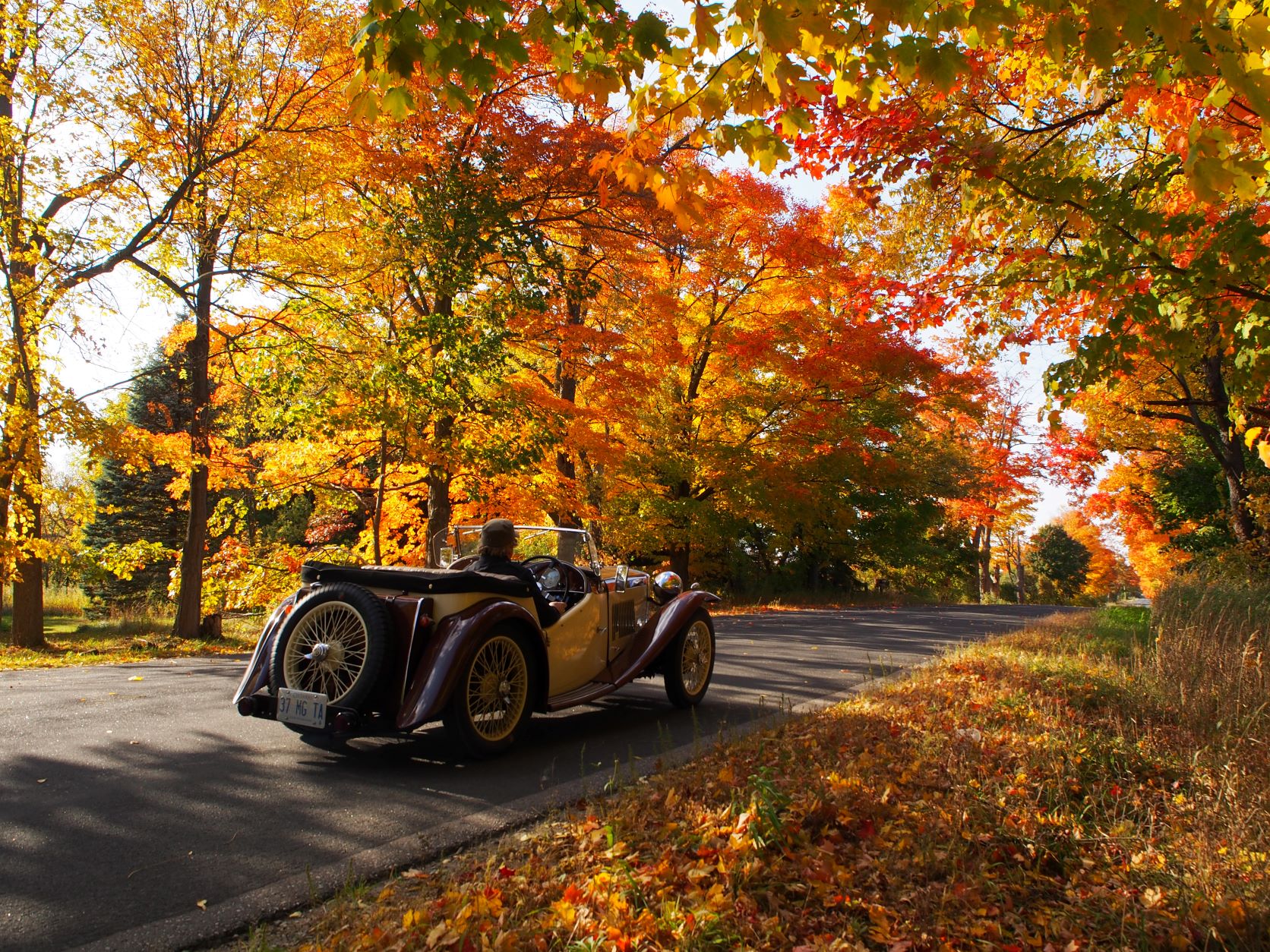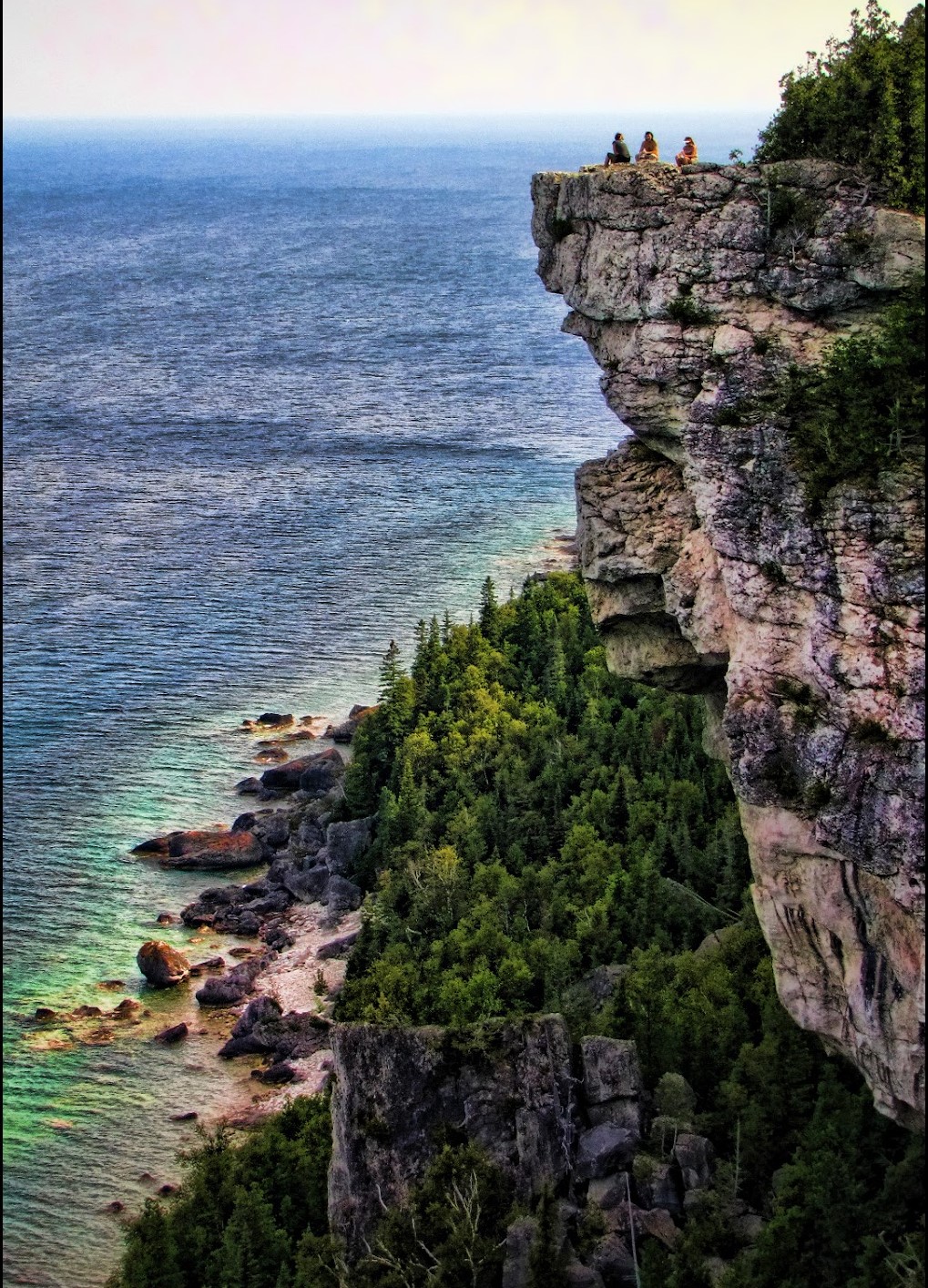Category Archives: A - BLOG - Page 3
Image of the Month
Posted by Phil Paine
on September 1, 2023
No comments
Image of the Month — Storm on the Canadian Prairies
Posted by Phil Paine
on August 1, 2023
No comments
Image of the Month — Along the north shore of Lake Superior
Posted by Phil Paine
on June 1, 2023
No comments
Image of the Month — In the Hoggar, middle of the Sahara
Posted by Phil Paine
on May 1, 2023
No comments
Image of the Month
Posted by Phil Paine
on January 31, 2023
No comments
